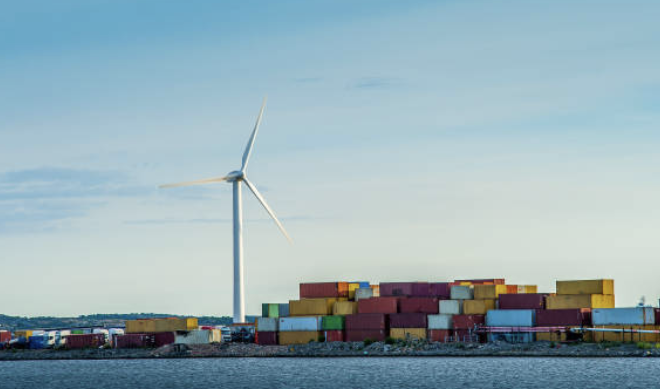Importing roll forming machines into Sweden can be a complex process due to regulatory, logistical, and technical considerations.
1. Understanding the Market
- Demand Analysis: Research the local market demand for specific roll forming machines. Identify industries that rely on roll forming, such as construction, automotive, and manufacturing.
- Competitor Analysis: Understand the competitive landscape and identify key players in Sweden’s roll forming machine market.
2. Regulatory Requirements
- Import Licenses: Check if an import license is required for the specific type of roll forming machine you intend to import.
- Customs Regulations: Familiarize yourself with Sweden's customs regulations, including tariffs and duties that may apply to roll forming machines.
- CE Marking: Ensure that the machines comply with European Union safety and environmental regulations, which often require CE marking.
3. Choosing a Supplier
- Evaluating Suppliers: Select suppliers who have a track record of exporting to Europe. Consider their reputation, experience, and ability to provide after-sales support.
- Negotiating Terms: Discuss payment terms, warranties, and delivery schedules. Ensure that you have clear agreements in place regarding product specifications and compliance.
4. Logistics and Transportation
- Shipping Options: Decide on the mode of transport (sea, air, or land) based on cost, speed, and the machine's size and weight. Sea freight is often more economical for large machinery.
- Freight Forwarder: Consider hiring a freight forwarder who can manage the logistics, customs clearance, and delivery to your location in Sweden.
5. Customs Clearance
- Documentation: Prepare necessary documents, including the bill of lading, commercial invoice, packing list, and any certificates of compliance.
- Customs Duties and Taxes: Be prepared to pay customs duties and VAT upon importing the machines. Consult with customs brokers if needed.
6. Installation and Commissioning
- Site Preparation: Ensure your facility is ready for the installation of the roll forming machines, including adequate space and power supply.
- Professional Installation: Engage professionals for the installation and commissioning of the machines to ensure proper setup and functionality.
- Training: Consider providing training for your staff on how to operate and maintain the machines effectively.
7. After-Sales Support
- Maintenance Agreements: Establish maintenance contracts with the supplier or local service providers to ensure ongoing support and repairs.
- Spare Parts Availability: Ensure that spare parts for the machines are readily available to minimize downtime in case of repairs.
Conclusion
Importing roll forming machines into Sweden requires careful planning and execution. By understanding the regulatory landscape, choosing the right supplier, and ensuring proper logistics, businesses can successfully import these machines and capitalize on the growing market opportunities in Sweden.
Additional Resources
- Swedish Customs: Swedish Customs Website - For up-to-date information on import regulations and tariffs.
- Business Sweden: Business Sweden - Offers support for companies looking to enter the Swedish market.
This guide serves as a foundational resource for those looking to import roll forming machines into Sweden. Adapting to specific needs and ongoing changes in regulations will further enhance the import process.



